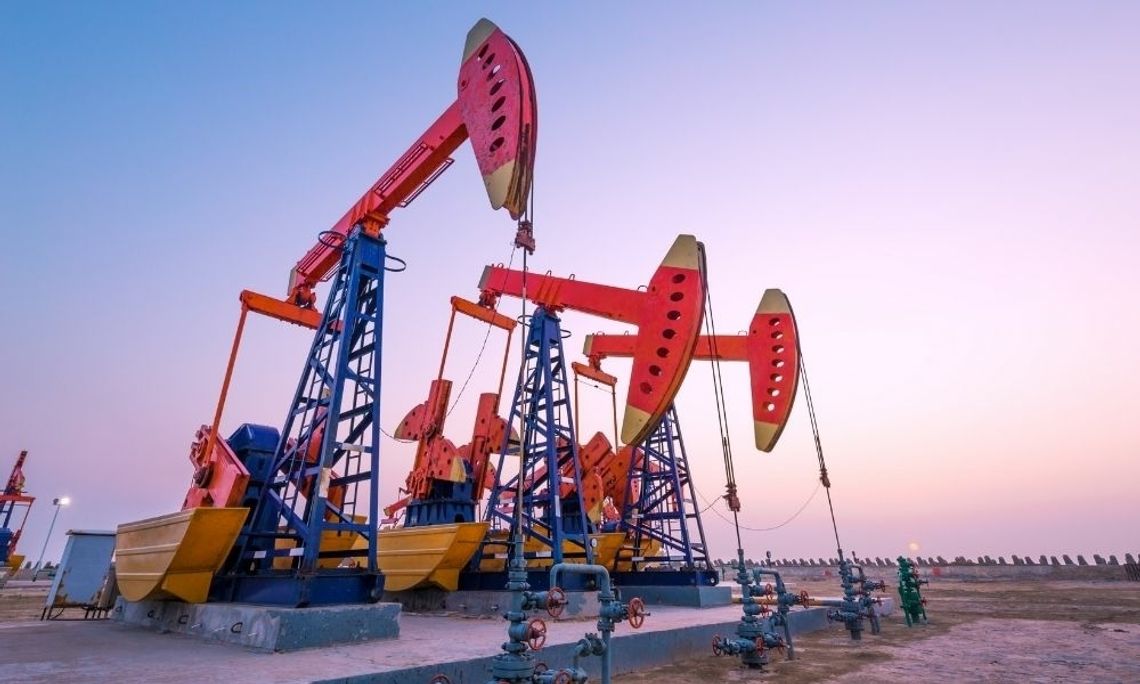Companies involved in the oil and gas industry face the question of which drilling method is the most efficient in extracting petroleum and crude oil. Many of the methods are platform based, depending on the geographical location and the soil type. The top three common drilling methods used in the oil and gas industry are percussion/cable drilling, rotary drilling, and directional drilling.
Percussion/Cable Drilling
The most common drilling technique uses a manual approach called percussion or cable drilling. Percussion drilling is one of the oldest methods of applying a heavy chisel to crush rock. It loosens the soil in the borehole, making it easier for a bailer to extract. Removing the bit allows the cuttings from the borehole to get submerged in water and removed by flushing it back to the surface.
This drilling method works well for unconsolidated and consolidated formations. These include sand, silt, sandstone, and gravel.
Rotary Drilling
This common drilling method used in the oil and gas industry is mainly for digging up exploratory and production wells. A lightweight drill works for exploration wells on land, and the equipment gets mounted on a platform. For larger hydraulic rotary drilling, the equipment gets mounted on a Kelly bar drilling rig that works great in creating larger boreholes.
Depending on the hardness of the formation material, workers can increase or decrease the rotational speed for more efficient drilling. The penetration rate is faster when using air-based drilling fluids compared to water-based ones.
Directional Drilling
Directional drilling is an extension of the rotary drilling technique that guides the drill on a curved path so that it can deepen the borehole. The oil and gas industry uses this method so that oil explorers can reach deposits they wouldn’t usually be able to find with vertical drilling. Due to advanced technology, we can now use this method to tap into undersea reservoirs using a computer to guide the drill.
One of the most significant advantages of directional drilling is that it makes it possible to drill multiple wells from the same platform. This hugely reduces costs, making it a much more efficient method.
Without these drilling techniques, we wouldn’t be able to reach some of the petroleum and crude oil and gas from beneath the Earth’s surface and sedimentation. Businesses in this industry need to weigh the advantages and disadvantages of each method to find the most efficient technique for them.


Comment
Comments